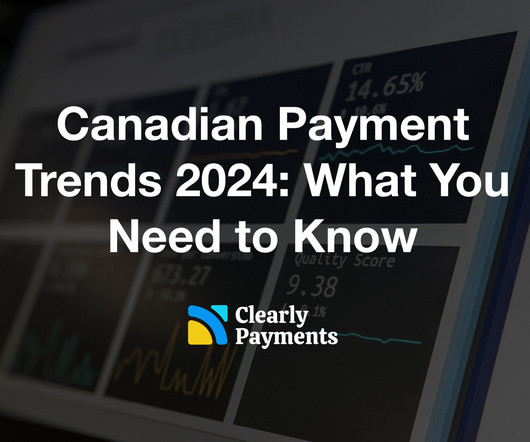How a PIN Works on Credit Cards and Debit Cards
Clearly Payments
OCTOBER 22, 2024
This guide explains how a PIN functions in credit and debit card payments and its importance for merchants. A PIN is a four- to six-digit numerical code assigned to a credit or debit card by the card issuer or chosen by the cardholder. If the PIN is correct, the transaction proceeds. What is a PIN?










Let's personalize your content